3 Ways to Change Organizational Dynamics Through Compliance
Think about the organization you work for today. How many employees know what you do? How many understand how critical compliance really is? Consider why that is the case and how it has impacted the company. As I’ve addressed in previous articles, the integration of compliance within the fabric of a company’s culture and process is important.
The Why of Compliance
You know compliance is important – but does your organization? Ultimately stakeholders and employees need to understand what compliance is there for and why it’s important to care – there are three major reasons: avoid liability or prosecution, meet legal or regulatory requirements, and set internal expectations for ethical conduct and shared values.
These reasons have been well-accepted as reflected in a 1999 Harvard Law Review article advocating for more corporate disclosure and sustainable governance that promotes management integrity as well as business acumen.
“Shareholders should have information on the overall pattern of management’s compliance with applicable federal statutes for an additional reason: compliance with the law bears on management integrity and honesty, and ultimately on the quality of management generally. Management integrity may be of particular concern to social investors, but the honesty and integrity of management is information of potential interest to economic investors as well. Indeed, the SEC evaluated the materiality of management integrity from the perspective of the economic investor during the discussions about corporate accountability in the I970s.”1
When a company adopts an effective compliance program, it shows investors, consumers, potential recruits, and donors that the organization is well-run. Compliance programs can be used like an insurance policy (against liability or prosecution), it can be treated as a requirement, or it can be leveraged as a business differentiator. When an organization leverages its compliance program as a competitive advantage, that fuels its ability to truly impact culture and results, changing the way we look at its cost and value.
Changing the Dynamics
Helping your organization reap the benefits a “compliant company” may seem overwhelming – but it’s entirely possible. Regardless if you’re fresh on the scene, or a veteran in the organization, it’s never too early or late to make changes for the better. Considering trying these three ways to change your organization’s dynamic:
- Invite someone from the business to speak at a Compliance staff meeting about “What Compliance does well and what can be done better.”
- Make it clear that employees will be rewarded for helping and being cooperative. Partner with Human Resources to change how employee performance is calculated and include a Compliance grade for identifying and reporting issues, helping implement policies, and responding in timely ways to requests for needs, such as certification or training.
- Give credit during audits to the business for cooperation such as self-reporting and expediting surveillance and testing.
You can be a force for change that will have a positive impact on your company. Get more constructive strategies on how to achieve this by getting your own copy of Triple Bottom-Line Compliance.
- The Securities and Exchange Commission and Corporate Social Transparency, Cynthia A. Williams, Harvard Law Review, Vol. 112, No. 6 (Apr., 1999)

